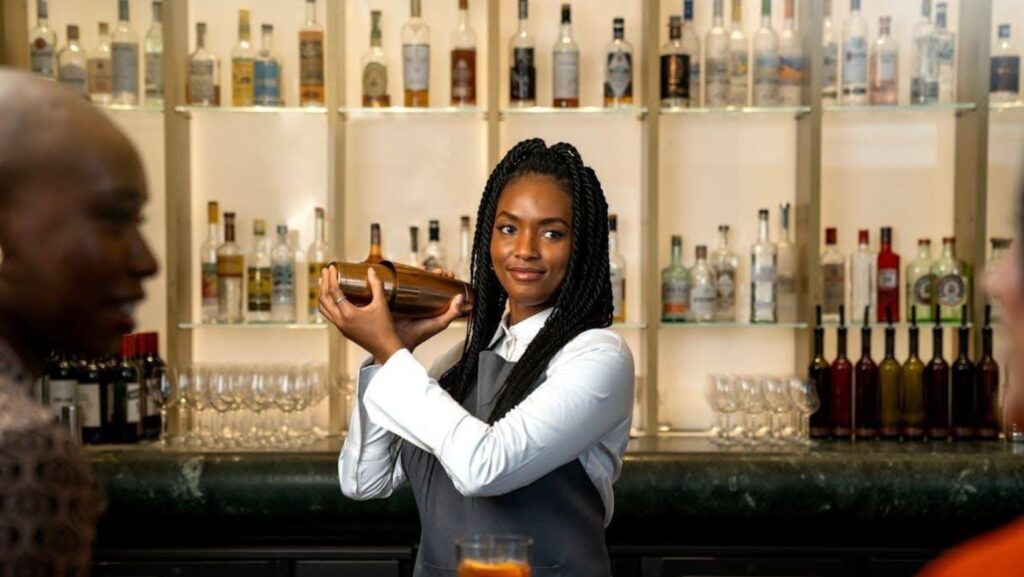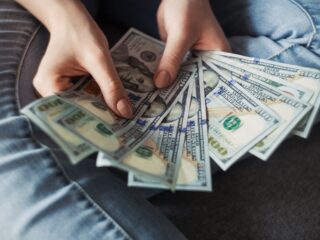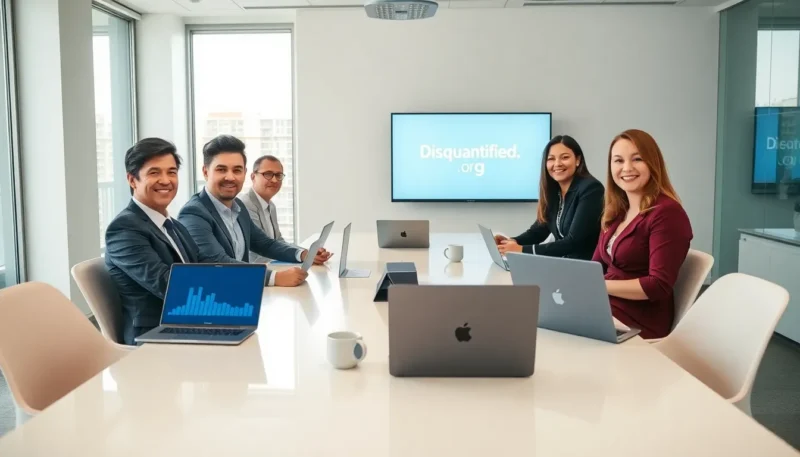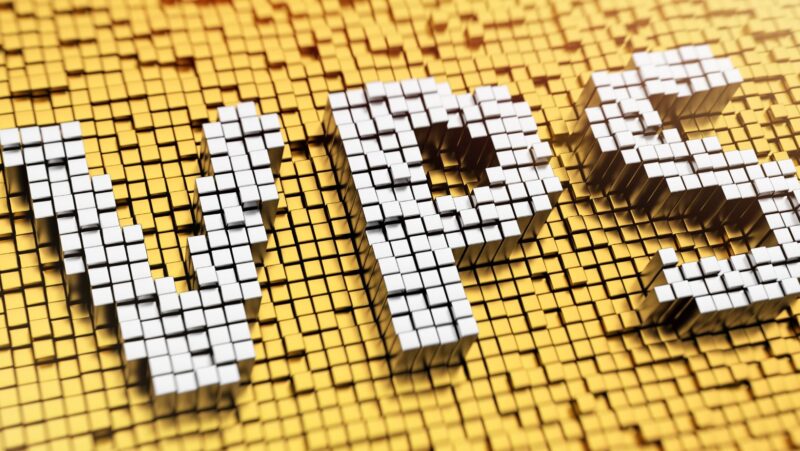
If you want to boost your margins, speed up your service, but not spend a fortune on investments, start with the beverage station. Drinks are cheaper to produce than entrees, yet nearly every guest buys one, and many buy more than one. That makes them the profit engine of your operation. Not the shiny or perhaps the most obvious one, but a pragmatic engine nonetheless. And for growing restaurants, focusing upgrade dollars on beverage infrastructure delivers the kind of ROI most kitchen investments can’t match.
Upgrading dispensers, ice systems, and layouts affects two key levers at once: cost and throughput. When your beverage line moves faster, service times drop, and table turns improve. When equipment waste shrinks, so does your cost of goods sold. Chains have already figured this out; brands like McDonald’s, Chick-fil-A, and Starbucks have all invested heavily in beverage optimization because they’ve seen what it does for margin and brand perception. The logic applies just as much to independents.
So if you’re looking for quick operational wins that add up fast, start where every guest starts: with their drink.
1. Right-Size Production (Ice, Brew, Carbonation)
Start by matching equipment capacity to real demand. Oversized ice machines or brewers sit idle and waste capital while undersized units create bottlenecks and comp costs. So, do a 30-day usage audit (volume by shift), then size new equipment to the 85–95th percentile of demand.
Reputable vendors like Hoshizaki, Scotsman and Ice Machines Plus offer modular options that let you add capacity without replacing everything, which is ideal if you’re scaling. And if you’re evaluating an ice dispenser for restaurant brands, look at models designed for both self-service and behind-the-bar applications because some newer models include smart diagnostics that help reduce downtime.
Quick payback: 6–18 months for many operators when you factor reduced waste and fewer emergency service calls.
2. Touchless Dispensers And Sensor Taps
Touch-free tech proved its value during COVID health-driven shifts but it continues to reduce cross-contamination risk. It cuts a major infection vector and speeds service (simply because one doesn’t have to fumble for buttons). And customers notice this, both the increased cleanliness and faster service, which is bound to affect repeat visits. Plus, your staff will waste less time cleaning high-touch controls.
Quick payback: 12–24 months when you account for fewer complaints, slightly faster service, and lower sanitation labor.
3. Filtration And Water-Quality Investment
Filtered water improves taste, reduces equipment scale problems, and cuts frequent filter-change service events. It makes sense to invest in it.
But also, better water is important for consistency for cold brew, coffee, and house-made mixers, so it’s an all-around win for both cafes and restaurants. Install point-of-use filters and keep a simple maintenance log (more on SOPs below).

Quick payback: 9–18 months via longer equipment life and fewer service interventions.
4. Insulated Bins And Circulation
Ice and chilled beverage bins that maintain temperature require less re-freeze time and minimize melt/water loss. Insulated bins reduce compressor run-time on connected equipment and keep dispense rates high during peak service. Plus, when the ice stays consistent, so does the drink: it looks right, tastes right, and doesn’t end up being remade halfway through a rush.
Payback is often under two years for high-volume bars.
5. Smarter Station Layout
Place dispensers, napkins, and condiments in a flow that minimizes steps both for guests and servers. Use low-profile platforms so staff can see glass fill lines without awkward lifting. Small floor-plan changes reduce seconds per order but those seconds definitely add up.
Run a time-motion test: if you can shave 10 seconds per drink across peak shifts, that’s a measurable turnover gain.
6. Preventive Maintenance Program
To cut emergency repairs and keep efficiency high, create a short checklist for daily, weekly, and monthly tasks: filter swaps, drain cleaning, gasket inspection, ice harvest check. Track parts and service history in a simple log (spreadsheet or lightweight CMMS).
This does require some time investment on your part but not that much and it definitely pays off. Some industry insights suggest restaurants could save up to 30% per year on repairs and maintenance. So, yes, proactive maintenance pays.
7. Utility Submetering For Beverage Loads
Submetering isolates beverage equipment energy and water use so you can target upgrades where they matter. When operators see usage by device, behavior and investment change.
Early adopters report measurable reductions in utility intensity once they act on submeter insights (and some bill-back models reduce wasteful behavior). The savings are modest per device but scalable across sites.
8. Staff SOPs and human factors
Equipment only returns value when staff use it right. So, write short SOPs: ideal dispense volume, cleanup cadence, basic troubleshooting steps. Train with quick role-play (two minutes per station during shift change) and enforce with short audits.
Human factors like speed, cleanliness, and even perceived value are what customers notice first, so make the SOPs visible and practical (not another sheet of unread corporate policy).
A Few Implementation Notes
- Pilot before you roll: one station, two-week run, measure yields, ticket times, and complaints.
- Factor in financing options: many vendors and resellers (including large equipment retailers) offer leasing that turns capital spend into manageable monthly savings.
- Track KPIs: drink ticket time, COGS per beverage, ice machine downtime, and utility consumption attributable to beverage equipment.
To conclude, upgrading your beverage stations is a pragmatic business move that is guaranteed to pay off. You speed service, improve perceived cleanliness, reduce waste, and unlock margin, often with paybacks well under two years. For a fast-growing concept, that’s the kind of operational lever you want to pull first.







